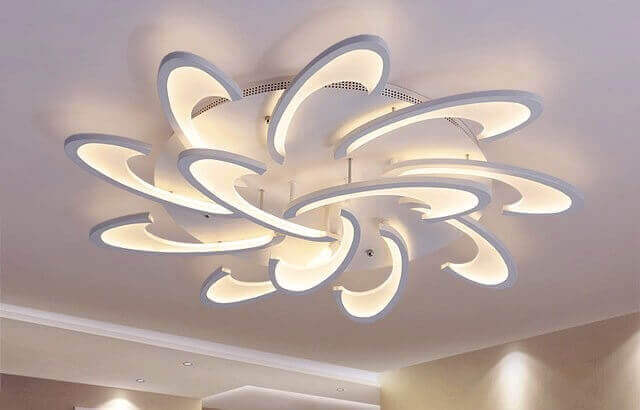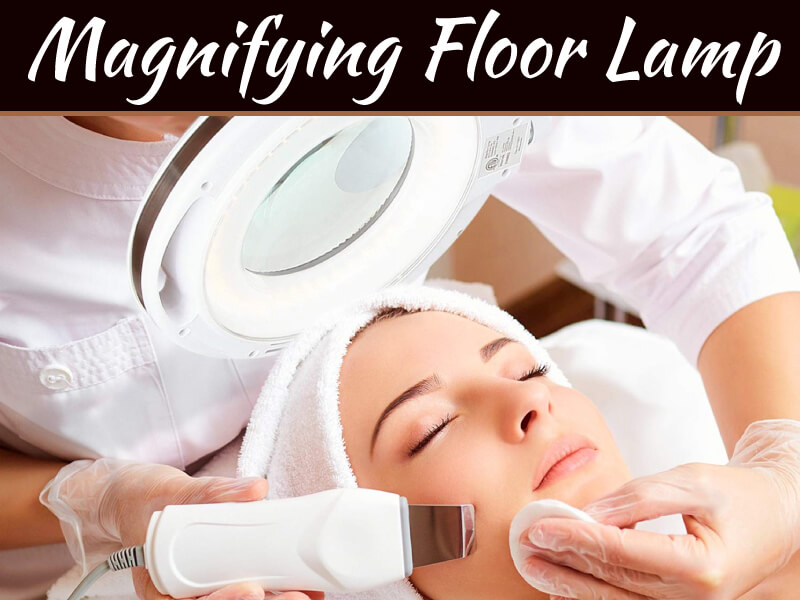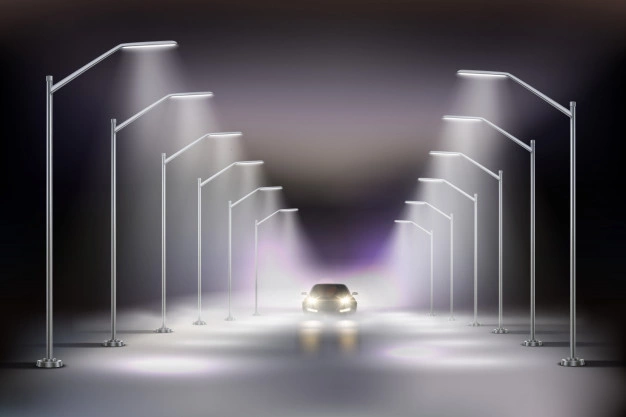Importance of replacing old fixtures with LED light fixtures

As the world has progressed the energy requirements have shifted and now are much more than ever. Lighting is essentially the basic unit of any infrastructure as it has facilitated and revolutionised the way industries on any level function. The largest impact can be seen at manufacturing level and then at domestic level.
Effective infrastructure builds the grounds for effective production and processing of raw materials. When the lighting layout is optimum it automatically enhances the quality of the surroundings and has a very positive impact on people, work and end result.
What are LED light fixtures?
LED light fixtures are modern, compact and essentially engineered light fixtures for a professional environment. These fixtures carry integrated LED lamps which are basically microchips that produce light. These Light emitting diodes require only minimal threshold energy to produce bright light. The fixture can be small or large depending on the application and size of the chip. They come in all shapes and sizes which makes them quite easy to integrate in any sort of lamp and hence create a range of possibilities when it comes to design of a fixture.
LED light fixtures can be linear, square, round and can be very large or very small. The design features, lens and other specifications of these fixtures vary according to the area and application. Few of the places where using LED light fixtures is extremely important are:
-commercial areas like schools, offices, super stores,
– residential areas ( indoor and outdoor)
– industrial areas ( indoor and outdoor)
Each application has different requirements and there is a large variety of LED light fixtures for all such spaces which you can browse here.
Specifications of LED light fixtures
The most common specifications which allow the customer to choose the right fixture for their application are:
– Lumens
Lumens are also known as brightness levels produced by the LED light fixture. The lumens are variable and it is the biggest requirement for any fixture. Small commercial and residential fixtures produce less lumens than industrial fixtures as they are fit for low ceiling areas. LEDs produce comparatively more lumens than traditional lamps so they are much more energy efficient and hence all traditional lamps must either be replaced or retrofitted with LED equivalents.
– Size of the fixture
The size of the fixture is also an important consideration as we can not install a huge fixture in a small ceiling to cover the lumen requirement. It is essential to calculate the lumen requirement by measuring the area of the room and then deciding an appropriate fixture for the room. For example, decorative fixtures like pendants, sconces, LED recessed lights etc are for residential and some commercial spaces and they are smaller, aesthetic and serve the purpose of lighting as well as decoration. The size helps with placement as well which can be recessed, surface mounted or suspended from the ceiling. In large areas mostly fixtures suspend through the ceiling to create illumination at different elevation levels.
– Design of the fixture
Design of the fixture has a very important use as not all ceilings support one kind of installation. Other times the major requirement of the place is decorative light fixtures which add character to the environment. For example, in homes we use pendants, sconces, chandeliers, flush mount fixtures or recessed lights while in industries we use high bay lights and in commercial areas like workshops, garages, stores we use linear shop lights or panels.
Each design is modified for every application and it also carries specifications like resistibility and ability of the fixture to withstand extreme conditions like exposure to wind, water, dust, chemicals and variation in temperature. Most industry based fixtures are IP rated and have die cast aluminum housing which holds the fixture and have built-in heat sink. Each LED light fixture supports different LED chips hence there is a difference in design and light production but all of them have similar advantages over traditional lamps.
On the other hand, decorative light fixtures carry variety and designs to please the eye so they are vintage, modern, contemporary, classic etc. all compiled to satiate various requirements of any sort of application.
– Mode of installation of the fixture
With different designs each fixture has three basic modes of installation:
– Recessed installation
It is done in low ceiling modern day homes or cafes, these lights have one basic requirement that is a little bit clearance above the ceiling. As recessed lights sit inside the ceiling and only lamps are exposed to the viewer, carefully planned proper installation of wiring and housing is the key requirement. It requires calculation and it must be done accordingly to create a uniform layout as once the holes are drilled into the ceiling it is pretty much irreversible.
– Surface mounting
Surface mounting is done in moderately higher ceiling areas where other lighting aspects are also essential. Flush mount or surface mount is also an alternative option for recessed lighting. The fixture’s surface affixes against the ceiling and is bolted into it. Many different decorative lights like chandeliers, pendants and even scones are surface mounted in case the ceiling’s height is less. In commercial areas, LED panels, LED tube lights, and linear light fixtures are also surface mounted.
– Suspend mounting
Suspend or chain mount option is for higher ceiling areas or in places where the decorative aspect i.e accent lighting comes into play. Mostly in warehouses, industries and large indoor spaces high bay light fixtures are used which basically suspend from the ceiling surface with the help of chains or cords to provide light at different elevation levels for optimum brightness and visibility. There are mounting brackets present at the back of the frame of the fixture for this purpose.
In conclusion, with various specifications provided LED light fixtures have quite a remarkable hold over traditional lamps as they provide comfort, ambiance and efficiency all in one at a lesser expense. They require less power to function, cut down on electricity consumption, can be automated and also produce desirable ambiance by allowing customization in Correlated color temperature on a kelvin scale and Color rendering index above 80. They produce environment friendly light which has positive impact on the human health as well.






